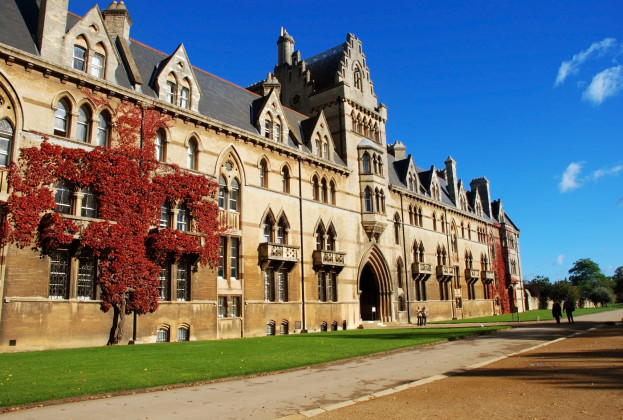Practicum Summary:
Ethnic Based Conflict in Kenya: A Comparison of the Effects of Violent Conflicts on Youth and Other Community Members in 2007 and 2013 Elections in Kuresoi
Stanley Nderitu’s study analyzes the effects of ethnic conflicts in Kenya and how the violent conflicts affect the youth and other community member’s social life. After the 2007 election in Kenya, over 600,000 people became internally displaced due to ethnic conflict. Even prior to 2007, ethnic conflict has disoriented the social life of Kenyans, particularly people of the Kuresoi constituency. In order to conduct the research, Stanley used questionnaires and follow up interviews with 200 randomly selected respondents. Half of the sample were high school students, while the other half were community members. After summarizing the data in tables and correlating the opinions of students and community members, it was determined that there was no significant difference in both constituency’s opinions. Ultimately, the study determined that tribalism and a low level of interaction among the ethnic communities were the primary precursors of election violence. To avoid negative attitudes from influencing youth in the future, the following interventions are recommended: 1) Enhancing civic education, 2) establishing institutions that equip youth with skills and knowledge that will increase the chance of youth being employed or involved in gainful engagements, 3) streamlining the delivery of government services and taking advantage of new constitutional dispensation without devolving devices such as corruption, 4) promoting community policing, and 5) enhancing campaigns against tribalism and entrenching national cohesion through peace education.

